astronomers
Galileo Galilei

On this date in 1564, Galileo Galilei was born in Pisa, Italy. Galileo was appointed professor of mathematics at the University of Padua, where he lectured for 18 years. Galileo pioneered the experimental scientific method, building a thermoscope, constructing a geometrical and military compass and building an improved telescope. His observations of the satellites of Jupiter, sunspots, mountains and valleys on the moon made him a celebrity, but his Copernican views were investigated and condemned by the Catholic Church.
Diplomatically seeking church permission, he published “The Assayer,” (1623) describing his scientific method, which was tactfully dedicated to Pope Urban VIII. It took Galileo nearly two years to persuade the church to permit him to publish “Dialogue on the two Chief Systems of the World — Ptolemaic and Copernican” (1632), in which he wrote about impetus, momentum and gravity. The Holy Office banned the book, summoning the frail scientist to Rome for trial. Galileo was ordered to retract his theory and was condemned to house arrest for the rest of his life. Three hundred and fifty years after his death, the Catholic Church “forgave” Galileo. D. 1642.
"I have been … suspected of heresy, that is, of having held and believed that the Sun is the center of the universe and immovable, and that the earth is not the center of the same, and that it does move. … I abjure with a sincere heart and unfeigned faith, I curse and detest the said errors and heresies, and generally all and every error and sect contrary to the Holy Catholic Church."
— Galilei's "Recantation" (June 22, 1633)
Nicolaus Copernicus

On this date in 1473, astronomer Nicolaus Copernicus (né Nicolaus Koppernigk) was born the youngest of four children in Torun, Poland. He studied a wide range of subjects, including philosophy, Latin, Greek, mathematics, law, medicine and astronomy, at the universities of Krakow, Bologna, Padua and Ferrara. His uncle, a bishop, strongly encouraged him to pursue a career in the church since it would provide economic security, so he pursued a doctorate in canon law.
His uncle helped secure him the position of canon at Frauenburg Cathedral in 1497, which provided a comfortable income and did not require much work. This allowed Copernicus the freedom to pursue interests such as economics, medicine, law, diplomacy, art and astronomy. A bishop later threatened to take away his income unless he entered the priesthood but he continued to refuse. His opinion was so valued that the Fifth Lateran Council sought his views on calendar reform in 1514.
Around this time, Copernicus began circulating his Little Commentary, criticizing the Ptolemaic system that placed Earth at the center of the universe. Copernicus made astronomical observations without the aid of a telescope, which was not invented until 1609.
His most significant contribution to astronomy and science was “De Revolutionibus Orbium Coelestium” (On the Revolutions of the Celestial Spheres). In it he postulated that Earth and the other planets revolve around the sun, in opposition to the church’s universe, in which the sun and other planets revolve around Earth. He completed the book in 1530 and did not allow for its publication until 1541, at the urging of one of his admirers. Without Copernicus’ permission, a preface was anonymously added right before publication, classifying the work as mere hypothetical speculation.
Copernicus supposedly received the published book just before his death. Even though Copernicus dedicated his book to Pope Paul III, who had a fondness for astronomy, in 1616 the book was placed on the Index of Prohibited Books (publications deemed immoral and impious by the Catholic Church). In part, Galileo was condemned to house arrest and Giordano Bruno was executed for the heretical “Copernican” view that Earth was not the center of the universe.
“The Copernican theory contains many absurd or erroneous assertions,” wrote Christoph Clavius, a 16th-century Jesuit priest. It wasn’t just Catholics who were upset. “The fool will upset the whole science of astronomy,” complained Martin Luther.
Toward the end of 1542, Copernicus, who never married, was seized with apoplexy and paralysis and died not much later at age 70. (D. 1543)
“Perhaps there will be babblers who claim to be judges of astronomy although completely ignorant of the subject and, badly distorting some passage of Scripture to their purpose, will dare to find fault with my undertaking and censure it. I disregard them even to the extent of despising their criticism as unfounded.”
— Copernicus in his original preface to "De Revolutionibus" (1543)
Alan Hale
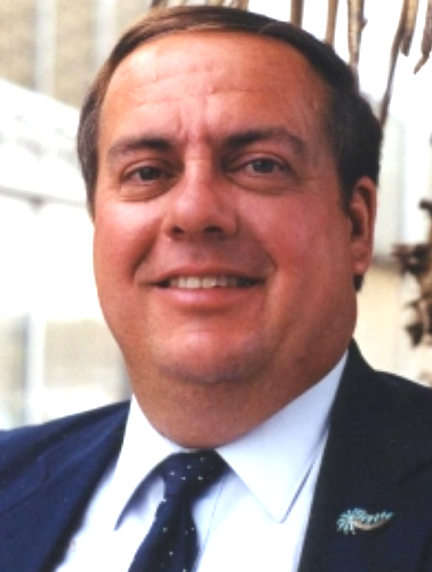
On this date in 1958, Alan Hale, the co-discoverer in 1995 of Comet Hale-Bopp, was born in Tachikawa, Japan, where his father was in the U.S. Air Force. He grew up in Alamogordo, N.M., and graduated with a B.S. in physics in 1980 from the U.S. Naval Academy in Annapolis, Md. He left the Navy in 1983 and began working at the Jet Propulsion Laboratory in Pasadena, Calif., as an engineering contractor for the Deep Space Network.
While at the JPL he worked on spacecraft projects, including the Voyager 2 encounter with the planet Uranus in 1986. He then returned to New Mexico and earned advanced astronomy degrees, including a doctorate, at New Mexico State University in Las Cruces. In 1993 he founded the Southwest Institute for Space Research (now called the Earthrise Institute, where he is president).
Besides his research activities, Hale is an outspoken advocate for improved scientific literacy in our society and for better career opportunities for current and future scientists. He’s written for such publications as Astronomy, the International Comet Quarterly, the Skeptical Inquirer, Free Inquiry and the McGraw-Hill Yearbook of Science and Technology. He’s the author of Everybody’s Comet: A Layman’s Guide to Comet Hale-Bopp (High-Lonesome Books, 1996) and is a frequent public speaker on astronomy, space and other scientific issues.
Hale was a featured speaker at the FFRF’s 20th annual convention in Tampa, Fla., in 1997. The speech came in the aftermath that March of the suicides of 39 men and women who were part of the Heaven’s Gate UFO cult in Rancho Santa Fe, Calif. After claiming that a spaceship was trailing the Comet Hale-Bopp, cult leader Marshall Applewhite convinced his followers to kill themselves so their souls could board the spacecraft.
The members killed themselves in an orderly and disciplined fashion, over several days, in three teams, by taking a strong barbiturate with vodka, followed by a plastic bag over the head. All wore black clothes and brand-new Nike running shoes. All had packed a suitcase and had ID cards, a $5 bill and three quarters.
Hale called the death pact and other religion-fostered violence “another victory for ignorance and superstition.”
PHOTO: Courtesy of Alan Hale
“Oh, I have plenty of biases, all right. I’m quite biased toward depending upon what my senses and my intellect tell me about the world around me, and I’m quite biased against invoking mysterious mythical beings that other people want to claim exist but which they can offer no evidence for.”
“By telling students that the beliefs of a superstitious tribe thousands of years ago should be treated on an equal basis with the evidence collected with our most advanced equipment today is to completely undermine the entire process of scientific inquiry.”
“And one more thing: In your original message you identified yourself as an elementary school teacher. If you are going to insist on holding to a creationist viewpoint, then please stay away from my children. I want my kids to learn about ‘real’ science, and how the ‘real’ world operates, and not be fed the mythical goings-on in the fantasy-land of creationism.”
— Series of e-mails starting Jan. 14, 1997, retrieved from https://infidels.org/kiosk/article/email-conversation-with-a-creationist/
Richard Proctor

On this date in 1837, Richard Anthony Proctor was born in London. He attended St. John’s College, Cambridge, where he studied mathematics and theology, receiving his degree in 1860. Soon after graduation he began making astronomical observations and writing about astronomy for the general public. In them he connected astronomical ideas to the religious and intellectual debate then current about the possibility of life on other worlds.
He is best remembered for producing one of the earliest maps of Mars in 1867 from drawings by the observer William Rutter Dawes. Using 200-year-old drawings, he calculated the length of Mars’ sidereal day to within one-tenth of a second of its modern value.
He went on several lecture tours throughout the English-speaking world, including Australia, New Zealand and the U.S. He became a fellow of the Royal Astronomical Society in 1876. In 1881 he and his family moved to the U.S., where he lived for the rest of his life. He wrote 57 books, 500 essays and 83 scientific papers on astronomy.
Proctor was a Catholic from the time of his first marriage in 1860 but he later abandoned these beliefs for deism and, finally, agnosticism. Many of his later written works take a skeptical view toward religious and theological questions, such as the dismissal in his The Universe of Suns, and Other Science Gleanings of the possibility of the Star of Bethlehem being based on an astronomical event.
His largest and most ambitious work, Old and New Astronomy, left unfinished at his death, was completed by Arthur Cowper Ranyard and published in 1892. He died at age 51 of yellow fever in New York City in 1888.
“[H]e became a student at King’s College, where he came out either at or close to the head of the honours list in Theology, a subject for which he was untiring in the subsequent expression of his contempt.”
— Proctor's obituary in The Observatory journal (Vol. 11, 1888)
Jean Baptiste Delambre
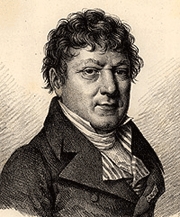
On this date in 1749, Jean Baptiste Delambre was born in France. Delambre made huge contributions to astronomy despite losing most of his vision to smallpox as a toddler. He was educated at a Jesuit school in Amiens until the Jesuits were expelled from France in 1764. Although contemplating life as a priest, Delambre became a rationalist and atheist. He tutored, then studied in Paris under the eminent atheist and astronomer Joseph Jérôme Lalande, becoming his assistant.
In 1789 Delambre recorded the transit of Mercury across the sun and corrected the existing tables. In 1789 he won the Grand Prix from the Academy of Sciences for calculating the precise orbit of Uranus. He was given his own observatory in 1789. In 1792 he published tables on the sun, Jupiter, Saturn, Uranus and the satellites of Jupiter. Delambre wrote the first of three volumes containing the measurement of Earth in 1806. In 1809, Napoleon, his admirer, asked the academy to award a “best scientific publication of the decade,” which went to Delambre.
Delambre’s multi-volume History of Modern Astronomy (1821) became a science classic. Mathematician Jean Fourier, in his obituary of Delambre, said the scientific world was indebted to him for the geodetic operation. The United States was indebted to Delambre for his role in freeing a Mr. M. Smithson, a political prisoner of war. In 1809, Delambre wrote the French Ministry of War requesting his release. Smithson later bequeathed his extensive estate to the United States to found the establishment that became the Smithsonian Institution. (D. 1822)
“The historian owes the dead nothing but the truth.”
— Delambre, "Histoire de l'astronomie moderne" (1821)
Phil Plait
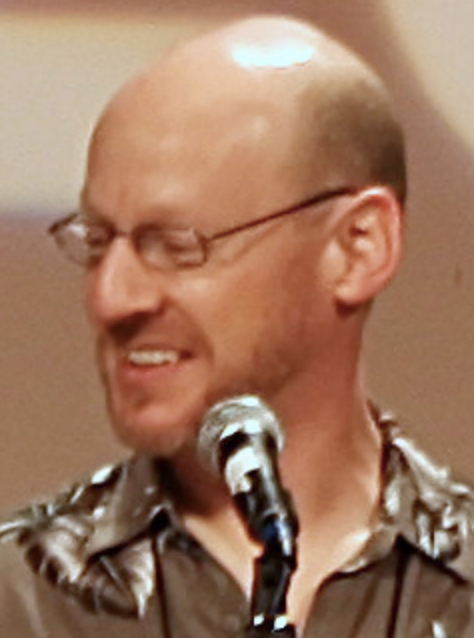
On this date in 1964, astronomer, blogger, and skeptic Phil Plait was born in Washington, D.C. He received his undergraduate degree from the University of Michigan and a Ph.D. in astronomy from the University of Virginia in 1994. He worked with the Hubble Space Telescope for 10 years, then got involved with astronomy education.
Plait frequently gives talks that focus on astronomy and debunking myths and skepticism. The last slide of his presentation at TAM 6, a skeptic conference in Las Vegas, said, “The Universe is cool enough without making up crap about it.” His blog, Bad Astronomy, has won many awards and was named one of the 25 best blogs of 2009 by Time magazine. He became the president of the James Randi Educational Foundation in 2008 but left after a short stint to pursue television projects. He has been a part of many science documentaries, and the Discovery Channel featured him in the documentary “Bad Universe.”
His books include Death from the Skies!: The Science Behind the End of the World (2009) and Bad Astronomy: Misconceptions and Misuses Revealed, from Astrology to the Moon Landing Hoax” (2002) and 27 Nerd Disses: A Significant Quantity of Disrespect (with Zach Weinersmith, 2013). He is married to Marcella Setter, with whom he runs Science Getaways based in Boulder, Colo., which provides vacation adventures.
Erlend Aakre photo of Plait at TAM 9 in 2011. CC 2.0
"How do you convince someone they’re not thinking clearly, when they’re not thinking clearly? What we’re actually saying is no magic, no afterlife, no higher moral authoritative father-figure, no security, and no happy ever after. This is a tough sell."
— Plait in a talk called "Don't Be a Dick" at The Amazing Meeting 8, a conference put on by the James Randi Educational Foundation ( July 2012)
Sean M. Carroll
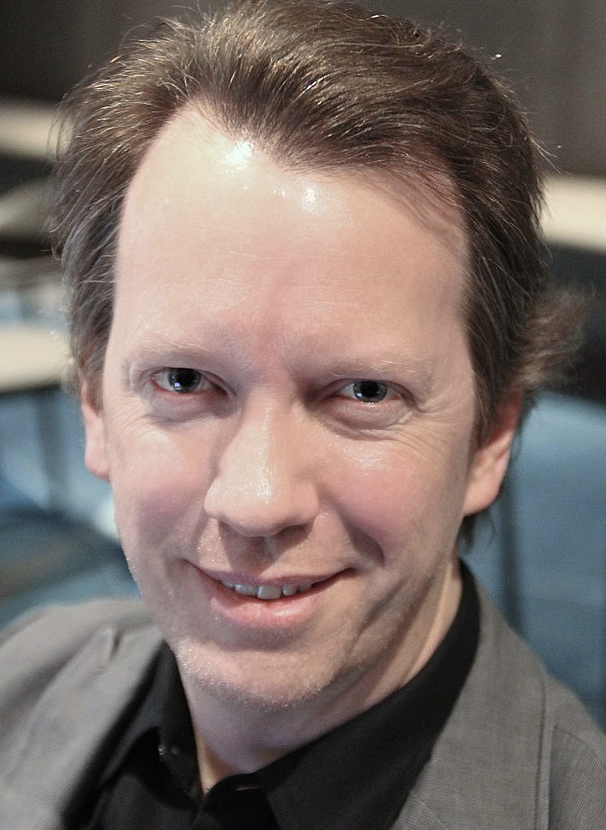
On this date in 1966, Sean Michael Carroll was born into an Episcopalian family in Philadelphia (not to be confused with biologist Sean B. Carroll). He graduated from Harvard University with a Ph.D. in astronomy and astrophysics in 1993. Carroll is a cosmologist and physicist who works as a research professor in physics at the California Institute of Technology. He has been a postdoctoral researcher at the Center for Theoretical Physics at the Massachusetts Institute of Technology and at the Institute for Theoretical Physics at the University of California-Santa Barbara. He is married to science writer Jennifer Ouellette.
His books include Spacetime and Geometry: An Introduction to General Relativity (2003), From Eternity To Here: The Quest for the Ultimate Theory of Time (2010), The Particle at the End of the Universe: How the Hunt for the Higgs Boson Leads Us to the Edge of a New World (2012), The Big Picture: On the Origins of Life, Meaning, and the Universe Itself (2016) and Something Deeply Hidden: Quantum Worlds and the Emergence of Spacetime (2019).
Carroll writes for the physics blog Cosmic Variance. In 2005, in a paper titled “Why (Almost All) Cosmologists are Atheists,” he wrote, “I wish to argue that religious belief necessarily entails certain statements about how the universe works, that these statements can be judged as scientific hypotheses, and that as such they should be rejected in favor of alternative ways of understanding the universe.”
Carroll has debated Christian apologists Dinesh D’Souza, William Lane Craig and others. In 2014 he received FFRF’s Emperor Has No Clothes Award for speaking the truth about religion. His speech was titled “Atoms and Eve Incompatible.”
PHOTO: Carroll at the LogiCal-LA 2017 Conference for Scientific Skeptics and Critical Thinkers; Sgerbic photo under CC 4.0.
"We are looking for a complete, coherent, and simple understanding of reality. Given what we know about the universe, there seems to be no reason to invoke God as part of this description."
— Carroll, "Why (Almost All) Cosmologists are Atheists" (2005)
Neil deGrasse Tyson
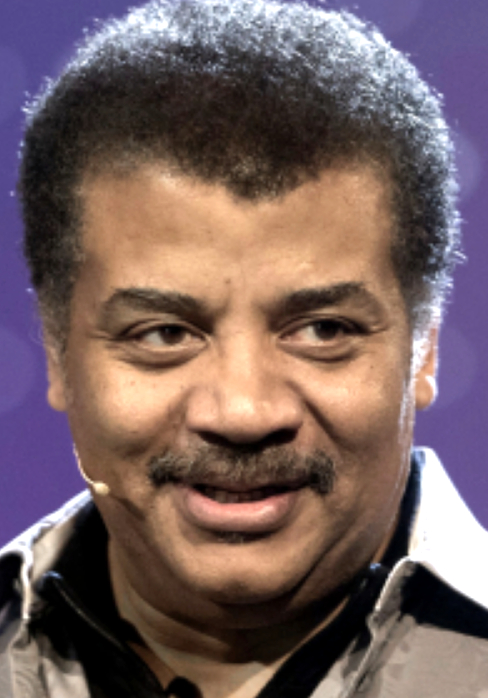
On this date in 1958, Neil deGrasse Tyson was born in the Bronx, N.Y. His mother was a gerontologist for the U.S. Department of Health, Education and Welfare and his father was a sociologist and human resource commissioner for New York City Mayor John Lindsay. He earned his bachelor’s in physics from Harvard University in 1980, his master’s in astronomy from the University of Texas in 1983 and his Ph.D. in astrophysics from Columbia in 1991.
After graduation he worked as a research associate at Princeton University (1991–94) and a staff scientist for the Hayden Planetarium at the American Museum of Natural History (1994–95). Tyson has served on NASA’s advisory council (2005-08) and founded the American Museum of Natural History’s astrophysics department in 2007, where he heads the Hayden Planetarium. He married Alice Young in 1988 and they have two children.
He wrote “The Universe” essays for Natural History (1995–2005) and hosted PBS’ “NOVA scienceNOW” from 2006-11. In 2014 he hosted the television series “Cosmos: A Spacetime Odyssey,” a successor to Carl Sagan’s 1980 series. His nine books include Origins: Fourteen Billion Years of Cosmic Evolution (2005), Death by Black Hole: And Other Cosmic Quandaries (2007) and his memoir, The Sky is Not The Limit: Adventure of an Urban Astrophysicist (2000). In 2009 he wrote The Pluto Files: The Rise and Fall of America’s Favorite Planet.
In his essay “Holy Wars,” published in Natural History magazine in October 1999, Tyson wrote, “Let there be no doubt that as they are currently practiced, there is no common ground between science and religion.” On their intersection he added, “I have yet to see a successful prediction about the physical world that was inferred or extrapolated from the content of any religion’s document.” He is also a strong opponent of intelligent design, calling it in 2005 “a philosophy of ignorance. You cannot build a program of discovery on the assumption that nobody is smart enough to figure out the answer to a problem.”
In a September/October 2008 essay in The Humanist, Tyson wrote, “I think, based on all the folks who are agnostic historically, I come closer to the behavior of an agnostic than the behavior of an atheist.”
He was awarded the NASA Distinguished Public Service Medal in 2004 and NASA’s Exceptional Public Service Medal in 2007. He was the recipient of the American Humanist Association’s Isaac Asimov Science Award in 2009. On a lighter note, he was People magazine’s Sexiest Astrophysicist Alive in 2000.
PHOTO: Tyson at the 2017 Starmus IV in Trondheim, Norway, where he received a Stephen Hawking Medal for Science Communication; photo by Thor Nielsen/NTNU under CC 2.0.
“People cited violation of the First Amendment when a New Jersey schoolteacher asserted that evolution and the Big Bang are not scientific and that Noah’s ark carried dinosaurs. This case is not about the need to separate church and state; it’s about the need to separate ignorant, scientifically illiterate people from the ranks of teachers.”
— Tyson letter to the editor, New York Times (Dec. 21, 2006)
Subrahmanyan Chandrasekhar
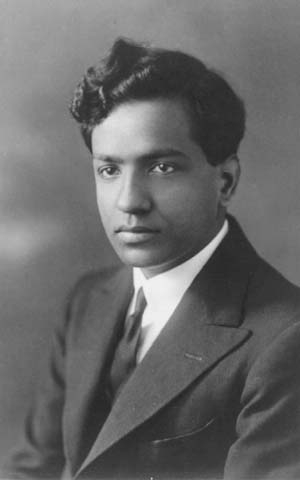
On this date in 1910, Subrahmanyan Chandrasekhar was born in Lahore, now in Pakistan but at the time a part of British India. He earned a B.S. with honors in physics from Presidency College in India in 1930 and a Ph.D. in physics from Cambridge University in England in 1933. After his graduation, Chandrasekhar was awarded a Prize Fellowship at Trinity College from 1933 to 1937. He worked as a research associate and professor at the University of Chicago from 1937 to 1995, and became an American citizen in 1953. He married Lalitha Doraiswamy in 1936.
Chandrasekhar was an astrophysicist who made influential discoveries about white dwarf stars in 1930 when he was only 20. He is known for discovering the Chandrasekhar limit. He found that stars with masses below the Chandrasekhar limit form white dwarfs after they collapse, but stars with masses above the limit continue collapsing. His studies of stellar evolution were influential in the discovery of black holes.
He won the 1983 Nobel Prize in Physics with William Fowler for their work with stellar structure and evolution. He published 10 books, including Introduction to the Study of Stellar Structure (1939), Principles of Stellar Dynamics (1942) and The Mathematical Theory of Black Holes (1983).
Chandrasekhar was the nephew of C. V. Raman, who was awarded the Nobel Prize for Physics in 1930. He became a naturalized U.S. citizen in 1953. A vegetarian, he died of a heart attack at age 84 at the University of Chicago Hospital, 20 years after his first heart attack. His wife died at age 102 in 2013. (D. 1995)
"I am not religious in any sense; in fact, I consider myself an atheist."
— Chandrasekhar, quoted in "Chandra: A Biography of S. Chandrasekhar" by Kameshwar Wali (1991)
Hermann Bondi
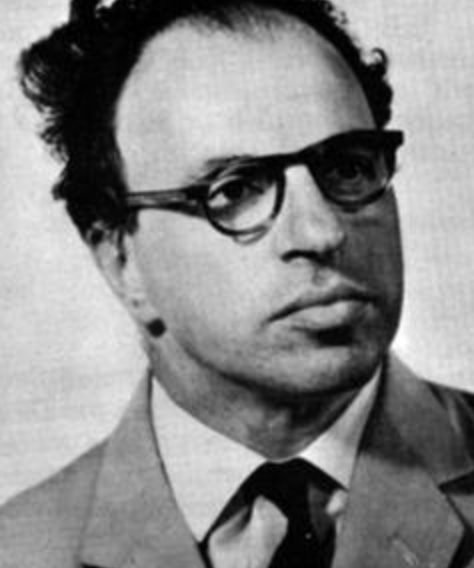
On this date in 1919, Sir Hermann Bondi (knighted in 1973) was born in Vienna, Austria. He graduated from Trinity College with a degree in mathematics in 1940. Bondi worked as a university lecturer at Cambridge University from 1945-48, a professor of mathematics at King’s College from 1954-71 and a master of Churchill College in Cambridge from 1983-90.
Bondi was an astronomer, mathematician and cosmologist renowned for his studies of relativity and black holes. He was one of the developers of the steady-state theory of the universe, which proposed that matter is constantly being created and that the universe had no beginning in time. (The steady-state theory has since been replaced with the big-bang theory.) Bondi discovered the Bondi Accretion, the Bondi Radius and Bondi mass. His books include Cosmology (1952), The Universe at Large (1961) and his autobiography Science, Churchill and Me (1990).
He was also the director of the European Space Research Organisation from 1967-71 and chief scientific adviser for England’s Ministry of Defence from 1971-77. He married Christine Stockman, a fellow physicist and humanist, in 1947 and had two sons and three daughters.
Although his family was Jewish, Bondi was a strong humanist who never “felt the need for religion,” according to a UK Telegraph article (Sept. 13, 2005). Bondi co-founded the British Humanist Association and served as its president from 1982-99 and was president of the Rationalist Press Association from 1982 until 2005. Bondi donated half of the money from a large award he received to the Atheist Centre in Andra Pradesh, India. (D. 2005)
"Our humanist attitude should therefore throughout be to stress what we all have in common with each other and relegate quarrelsome religion to the private domain where it can do [less] harm."
— Bondi, April 1995 speech titled “Ethics, Science and Humanism” (quoted on the International Humanist and Ethical Union website, June 1, 1995).
Edmund Halley

On this date in 1656, astronomer Edmund Halley was born in England. His father was a wealthy London soapmaker. The Royal Society published a scientific paper by Halley when he was only 19. He cut short his college career to travel to St. Helena, the southernmost point of the British Empire, where he catalogued 341 stars, discovered a star cluster and made the first complete observation of a transit of Mercury.
King Charles II conferred a degree from Oxford upon Halley without requiring an exam. At 22 he became one of the youngest members admitted to the Royal Society. He had worked with Royal Astronomer John Flamsteed at Oxford and Greenwich. Flamsteed became Halley’s enemy and blocked his appointment to Oxford on account of Halley’s rationalist views in 1691. He married Mary Tooke in 1682 and they had three children.
Halley urged Newton to write his Principia Mathematica and published it for him. Halley remains famous for being the first to predict the return of the comet named for him, appearing every 75-76 years. After several posts, Halley finally secured a professorship at Oxford in 1703. When Flamsteed died, Halley became King George I’s astronomer in 1720. He was known during his day as “the infidel mathematician.” The Royal Society censured him for suggesting in 1694 that the story of Noah’s flood might be an account of a cometary impact.
While not all his theories proved correct, Halley made many important discoveries, innovations and inventions, such as the diving bell. He died at age 85. (D. 1741)
"That he was an infidel in religious matters seems as generally allowed as it appears unaccountable."
— "Chalmers' Biographical Dictionary," cited by Joseph McCabe in "A Dictionary of Modern Rationalists" (1920)
Carl Sagan
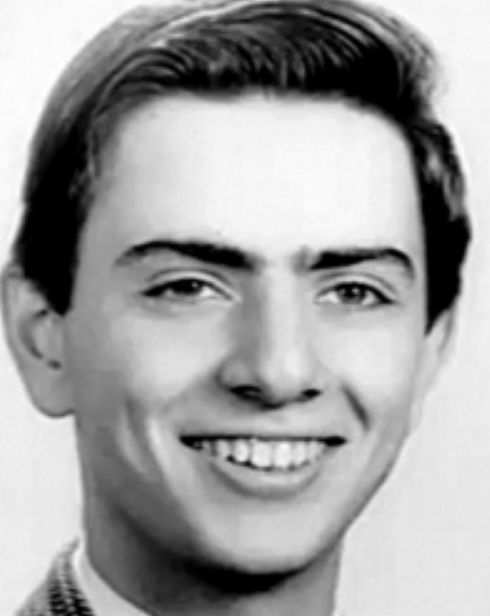
On this date in 1934, scientist Carl Edward Sagan was born in Brooklyn, N.Y., to Samuel and Rachel (Gruber) Sagan. Samuel was born in what is now Ukraine and Rachel in New York City. Sagan had his bar mitzvah at age 13 in a Reform synagogue. After earning bachelor and master’s degrees at Cornell University, he earned a Ph.D. at the University of Chicago in 1960. After teaching and being denied tenure at Harvard, he became a professor of astronomy and space science and director of the Laboratory for Planetary Studies at Cornell, where he worked until his death.
A great popularizer of science, Sagan produced the PBS series “Cosmos,” which won Emmy and Peabody awards and was watched by 500 million people in 60 countries. A book of the same title came out in 1980. Sagan was author, co-author or editor of 20 books, including The Dragons of Eden (1977), which won a Pulitzer, Pale Blue Dot (1995) and The Demon-Haunted World: Science as a Candle in the Dark (1995), his hardest-hitting on religion. With his third wife, Ann Druyan, he was co-producer of the popular motion picture “Contact” (1997), which featured a feminist, atheist protagonist played by Jodie Foster. He played a leading role in NASA’s Mariner, Viking, Voyager and Galileo expeditions to other planets.
Druyan, in the epilogue to Sagan’s last book, Billions and Billions: Thoughts on Life and Death at the Brink of the Millennium (published posthumously in 1997), gives a moving account of his last days: “Contrary to the fantasies of the fundamentalists, there was no deathbed conversion, no last-minute refuge taken in a comforting vision of a heaven or an afterlife. For Carl, what mattered most was what was true, not merely what would make us feel better. Even at this moment when anyone would be forgiven for turning away from the reality of our situation, Carl was unflinching.”
Her daughter with Sagan, Sasha Sagan, has been a guest on FFRF’s radio and TV shows and was a featured speaker at the 2021 national convention in Boston.
After suffering from bone marrow cancer and receiving three marrow transplants from his sister Carol, his sole sibling, he died from pneumonia at age 62 in Seattle. (D. 1996)
PHOTO: Sagan in 1951 as a high school senior in Rahway, N.J.
"If some good evidence for life after death were announced, I’d be eager to examine it; but it would have to be real scientific data, not mere anecdote. As with the face on Mars and alien abductions, better the hard truth, I say, than the comforting fantasy. And in the final tolling it often turns out that the facts are more comforting than the fantasy."
— Sagan, "The Demon-Haunted World: Science as a Candle in the Dark" (1995)
Edwin Hubble
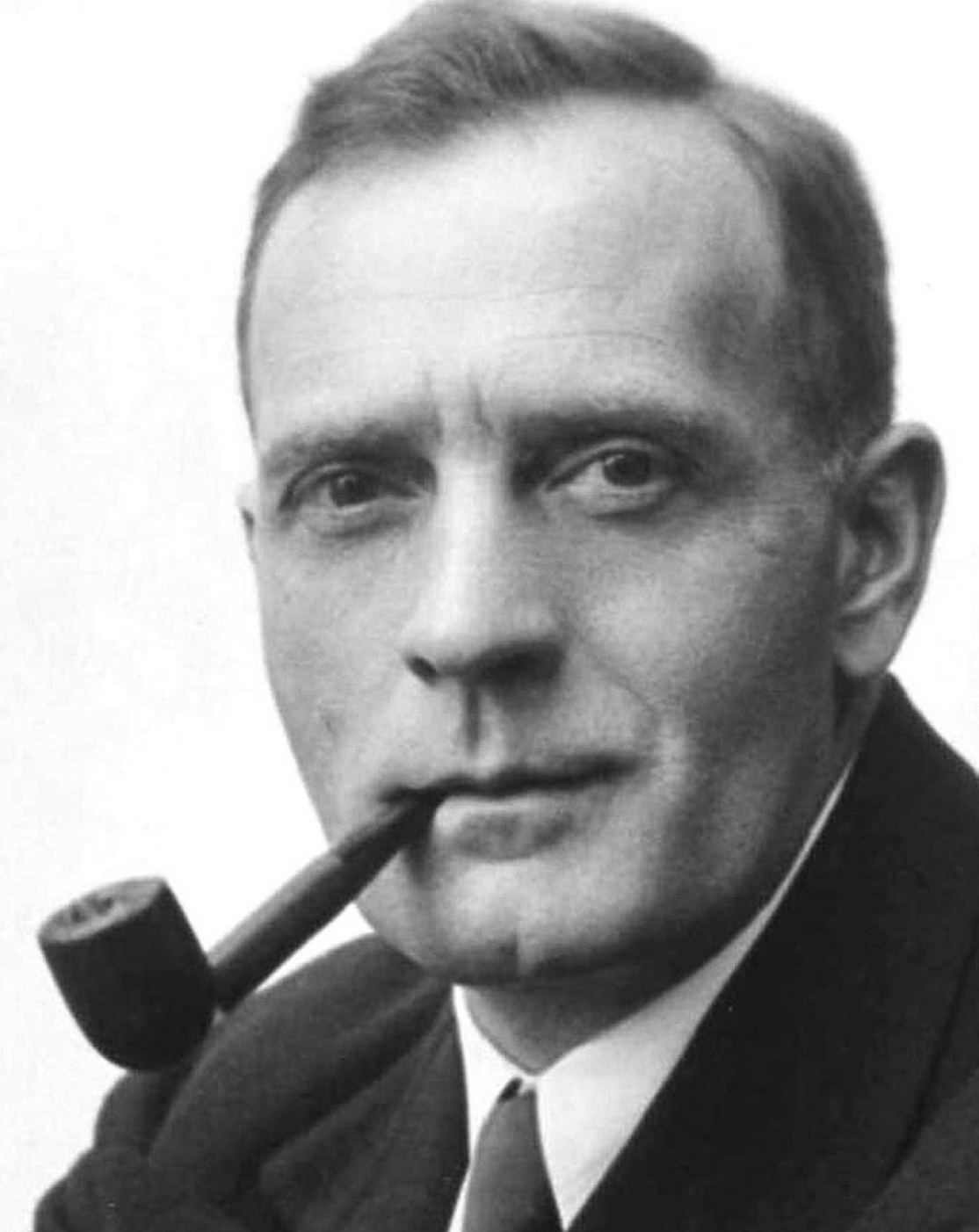
On this date in 1889, astronomer Edwin Powell Hubble was born in Marshfield, Mo. Hubble, one of the most influential astronomers in history, is credited with establishing the fields of observational cosmology and extragalactic astronomy. A gifted athlete, he played basketball for the University of Chicago as an undergraduate before studying for a master’s at The Queen’s College-Oxford as one of the first Rhodes Scholars. In 1917 he received his Ph.D. in astronomy from the University of Chicago.
After serving in the Army in World War I, rising to the rank of lieutenant colonel, Hubble joined the staff of the Carnegie Institution for Science’s Mount Wilson Observatory in California, where he worked with the Hooker and then the Hale telescopes, both of which were the largest optical telescopes in the world on the dates of their respective completions.
Chief among Hubble’s discoveries are a standard classification system for galaxies and the calculation for determining the rate at which the universe is expanding, known as Hubble’s Law. In 1990 NASA launched the Hubble Space Telescope into Earth orbit. It has provided scientists with hundreds of thousands of images of the universe, leading to discoveries relating to the age of the universe, the life cycle of galaxies and stars within them and the role of dark energy in the expansion of the universe. The telescope could be operational as long as 2040. Its successor was the James Webb Space Telescope, which launched from French Guiana on Dec. 25, 2021.
Hubble struggled with religion, having been raised Christian but expressing uncertainty about the existence of God throughout his life. Several biographical accounts attest to his agnosticism. Hubble married Grace (Burke) Leib in 1924. He had a heart attack in 1949 but continued to work on a modified schedule. He died of cerebral thrombosis in San Marino, Calif. No funeral was held and his wife never revealed his burial site, if any. (D. 1953)
PHOTO: Hubble in 1931; public domain photo by Johan Hagemeyer.
“The whole thing is so much bigger than I am, and I can’t understand it. Not until the empirical resources are exhausted, need we pass on to the dreamy realms of speculation. … I am an observer, not a theoretical man.”
— Hubble, when asked about his religious beliefs, "Hubble Time" by Tom Bezzi (1987)
Maarten Schmidt
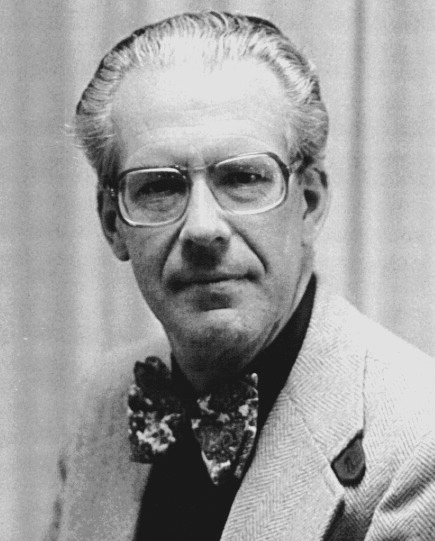
On this date in 1929, Maarten Schmidt was born in Groningen, the Netherlands. Schmidt grew up in a fairly nonreligious family and never attended church as a child. He became interested in astronomy at age 12 when he began building telescopes with help from an uncle. He earned a bachelor’s degree from Groningen University in 1949 and graduated from Leiden Observatory with a Ph.D. in 1956. After graduation he began working as an associate professor of astronomy at the California Institute of Technology and worked there until his retirement in 1996.
Schmidt’s most influential achievement was discovering in 1963 the first known quasar, a type of extremely massive and distant black hole. Quasars, which harbor clues to early conditions of the universe, provided strong evidence to support the then-controversial “big bang” theory of the origin of the universe. Schmidt continued researching quasars, along with X-ray and gamma ray astronomy. Schmidt also worked as director of the Hale Observatories (1978-80).
He was on the cover of Time magazine on March 11, 1966. His numerous awards include the Rumford Prize in 1968, the Bruce Medal in 1992 and the inaugural Kavli Prize for Astrophysics in 2008, with Donald Lynden-Bell. Schmidt served as president of the American Astronomical Society (1984-86). He and his wife Corrie were married in 1955 and had two daughters. He died at age 92 in Fresno, Calif. (D. 2022)
"I don't. No, no, no."
— Schmidt, when asked if he believed in God, Los Angeles Times interview (May 31, 2008)
